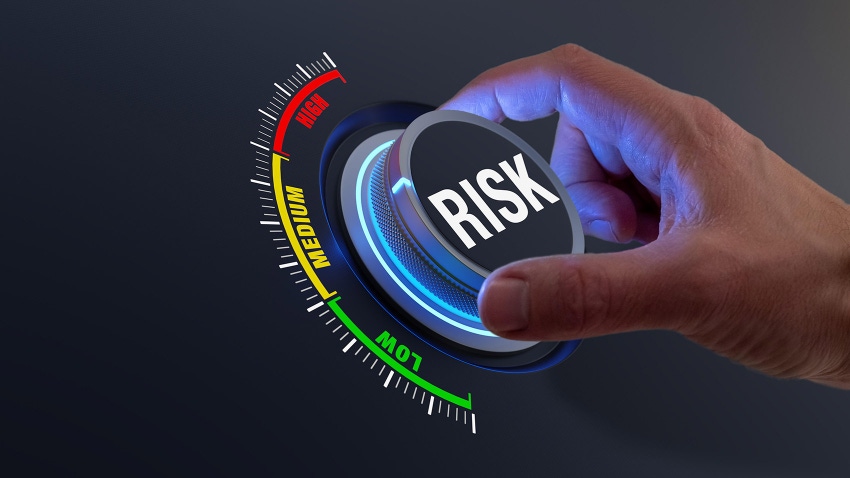The Risks of Using an Unsecured Network and the Best Way to Protect Your Users and Company
IT departments and individual users must practice safe, trusted, and secure Internet habits to avoid the risks of unsecured networks and keep cyber villains out.

An unsecured network is a network without security protections. In other words, you don’t need a userID or a password to sign onto an unsecured network. There are no network authorizations for access needed, and there are no built-in security protections to prevent hackers from gaining access to the network. When individuals ask what an unsecured network means, it's also important to note that a totally unsecured network can come in many forms: unsecured Wi-Fi network (aka, Wi-Fi unsecured network), unsecured satellite network or unsecured wired network, to name a few.
When a network is not secured physically or with software that prevents network access from unauthorized users, the network becomes an insecure network that can easily be accessed by outside actors who are not authorized to use the network or who may have the intent to cause immeasurable harm.
What are the dangers of using an unsecured network?
The dangers of using an unsecured network are that outsiders (i.e., individuals not authorized to use the network) can break into the network because the network lacks physical or software-based security and has no way of keeping them out. These bad actors can be from a competing company, or they can be bad actors from the outside who are interested in obtaining your information so they can hold your company hostage to pay for it or sell the stolen information to others.
Read the Full Article on Network Computing
About the Author(s)
You May Also Like







